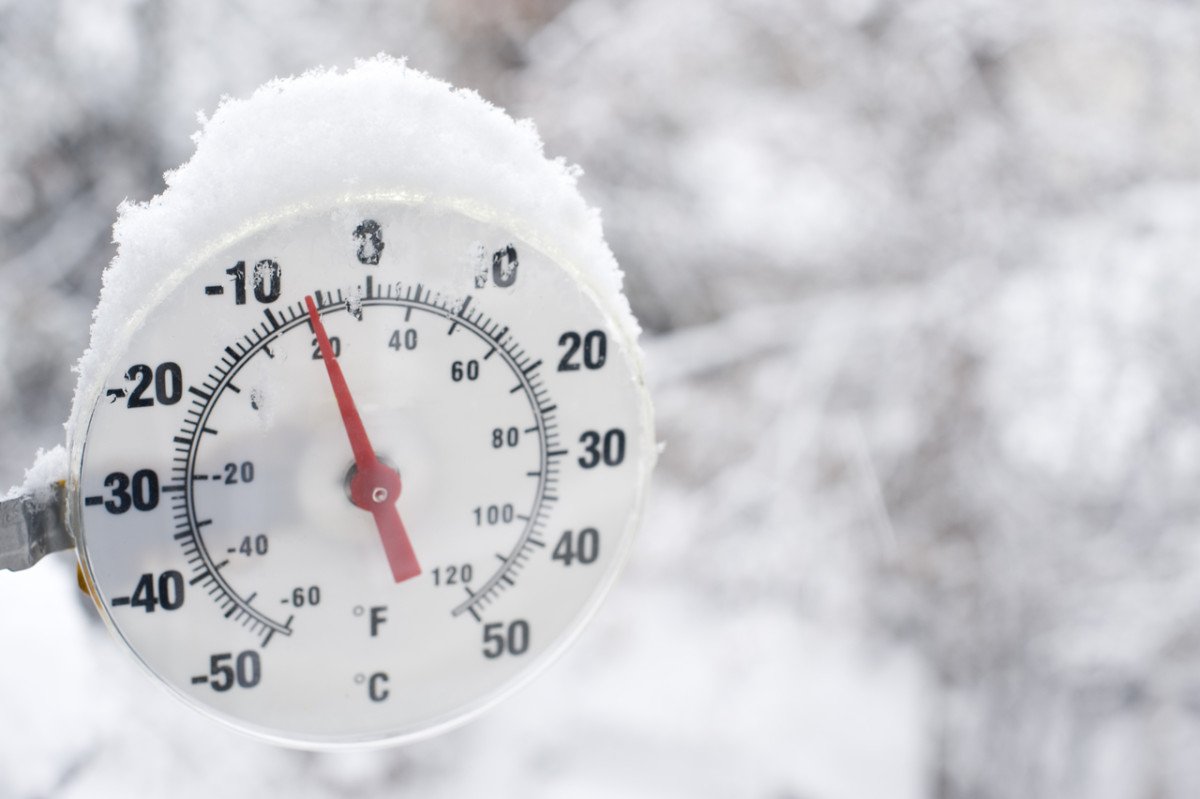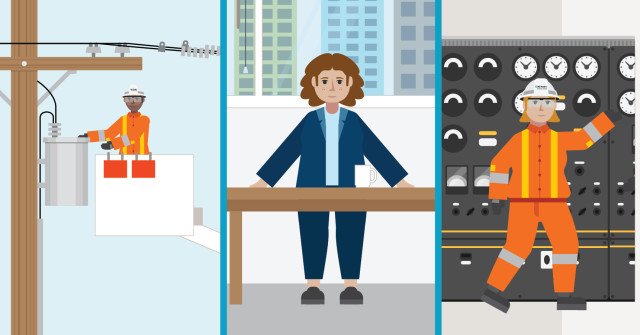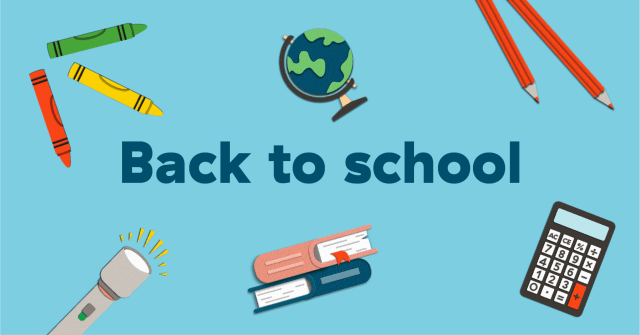As we head into the coldest part of the year and temperatures go down, it’s no surprise to learn that our electricity usage goes up. On average in B.C., we use around 88% more electricity during the winter.
That’s a lot of extra energy. But do we really need all of it? If we could all reduce our usage a tiny bit every day, it would add up to make a big difference - big enough to power thousands of homes for a year.
Let’s see how:
- Electricity is measured in kilowatt-hours (kWh)
- The average home in B.C. uses 11,000 kWh per year
- And there are around 560,000 public school students in B.C.
So what if every student was able to reduce their electricity usage by just 1 kWh per day during the winter?
560,000 students each saving 1 kWh per day x 90 days
= 50,400,000 kWh saved over the winter.
50,400,000 kWh / 11,000 (the average annual home kWh usage in B.C.)
= Enough electricity to power 4,581 homes for a year.
Even if only half the students in B.C. were able to do this, it would still save enough energy to power over 2,000 homes for a year.
We’ve collaborated with several educational partners to design teaching resources that make students aware of energy conservation and the role they can play.
“The activities were developed to help students learn about energy and understand how to care for the environment in a real way through their daily actions,” says educator Barry Fergusson, Managing Partner of Kidnetic Education.
Educator Diana Klein of Skye Consulting, agrees: “When students investigate and measure energy use, they discover that it can be reduced by limiting wasteful practices and by adapting the most efficient forms of energy available.”
So here are 5 curriculum-friendly activities with accompanying worksheets for Grade 7-9 students to explore how they can make a difference to energy conservation:
Students start by learning all about watts, kilowatts and kilowatt-hours. Our worksheet helps them to understand key energy terms and complete some calculation activities to reveal how much electricity they use every day.
For this hands-on activity, students run a small electricity audit over 3 days in their home to understand where energy is being used. Back in the classroom, they analyze the results, and reflect as a group on ways to save energy moving forward.
This group exercise gets students exploring energy use around their school in areas including lighting, windows and computers. There are also options to interview the people who manage energy in the school and survey fellow students and teachers. Regrouping afterwards, the class reflect on what they’ve learned, and discuss ways to reduce their impact on the environment.
This group activity is all about helping students to each make an actionable plan for using less electricity. They look at usage in their home and analyze this data to decide how and where they can make savings. Then they finish by considering about how they might persuade others to do the same.
How has energy conservation changed in recent years? Students split into small groups and choose one of three topics to investigate online: EnergGuide® appliance labels, smart meters and electric vehicles. Each group then presents the impact their chosen topic is having on energy conservation.
These are just 5 of our many teaching resources. Visit our Conservation hub for extra ideas and inspiration, along with dozens more Conservation activities for students of all ages.
Just think - if students could each manage to save 1 kWh a day, they could probably find ways to save 2 kWh a day - or maybe even 3!






